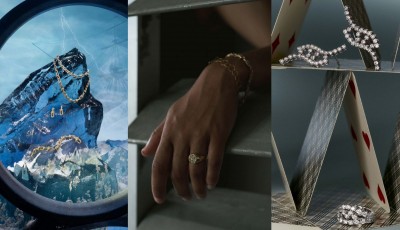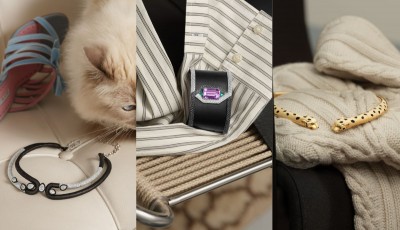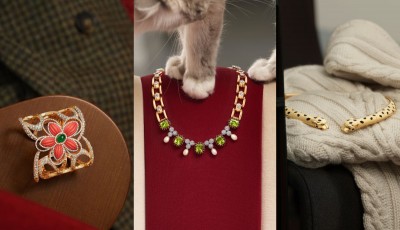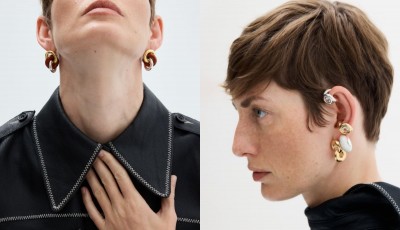The Digital Luxury Passport is arriving
Cryptocurrencies and purpose-built marketplaces. The Aura Blockchain Consortium ensures a controlled and secure production chain
ETH is the acronym for a community-managed technology that powers the Ether cryptocurrency (hence ETH) and thousands of decentralized applications. The abbreviation in turn derives from Ethereum, one of the world's most innovative blockchain systems, created by a brilliant, high-tech entrepreneur Millennial, Vitalik Buterin. Born in 1994, Vitalik Buterin is an ingenious Russian programmer, now a naturalized Canadian, who in 2014, thanks to his futuristic creature Ethereum, won the much-coveted World Technology Award, a prize once given to a certain Elon Musk, among others. If you still haven’t understood what we are talking about here, you are in good company, because really understanding what lies beyond the screen is difficult, especially if you start talking about monetary values that can grow exponentially in a few clicks. As happened in August 2021 with Dolce & Gabbana's Genesis Collection, a capsule of 9 digital dresses that, created in collaboration with UNXD, a marketplace supported by Polygon Network, a blockchain platform for luxury digital products, sold in a few hours for $6 million. After that decidedly successful experiment, D&G then also approached the world of jewelry with The Impossible Tiara, created virtually, again by UNXD, but designed by the company’s “traditional” jewelry team led by gemmologist Loredana Sangiovanni. The result was therefore an authentic one-of-a-kind piece with an “identity card” defined down to the tiniest detail, no more and no less than an item of jewelry that can be physically touched and worn on the skin: 24 carat white and yellow gold, 16 carats of beryl in the center plus two 4.6-carat beryls on each side and 17.34 carats of turquoise tourmalines for a final price of 99.09 ETH, equal to $132,123.31. Ether, UNXD, Polygon... That is already enough to set the ball rolling, and for those who are top players in this physical and virtual market, also enough to invest in a drift that appears to be highly profitable. Brands such as LVMH, Mercedes-Benz, OTB, Prada Group and Cartier have joined forces and created what aims to become the reference point for this vast otherworldly market that ranges from the stock market to jewelry to cars.
This brings us to 20 April 2021, the day of the official debut of the Aura Blockchain Consortium, a non-profit organization that, as by definition, offers blockchain solutions exclusively to luxury companies. A unicum in the global panorama because it sees leading luxury brands that have always been competitors, side by side for the first time. But what exactly is Aura Consortium for and what is its mission? In practice, brands that join it can issue a sort of passport for their digital products that certifies who, how and when they were made in order to give the customer a secure market value that can potentially grow over time and thus turn into a kind of investment. The guarantee works both ways: for the companies that decide to take advantage of this tool - which are thus protected according to EU regulations and can customize their passport according to their own needs but still in compliance with international standards - and for the consumer, who can buy safely, aware of the following intangible but fundamental parameters to ensure that the whole thing really is an investment with an economic return: authenticity, product traceability and origin, waste treatment policy, transparency, copyright, transfer of ownership, electronic guarantee and insurance, identity of the digital copy.... While, therefore, a virtual and virtuous process of customer engagement is implemented for the brand in question, for the buyer, it triggers an extremely agile mechanism of entry into an exclusive and high-spending community, fueled by the purely hedonistic desire to possess something collectible and not accessible to just anyone. And here the mission of Aura Consortium is fulfilled: minting, gifting, selling, in other word, “monetizing, giving and making sales through digital collectibles, where creativity meets ownership”. The “grounding” of all this can be found, for instance, in the Prada Timecapsule collection, which currently has 224 buyers with a total turnover of 41 ETH, or about $75,000. A drop in the ocean for Miuccia and Patrizio Bertelli's colossus, but a source of income that, up until a couple of years ago, was not even remotely imaginable.






